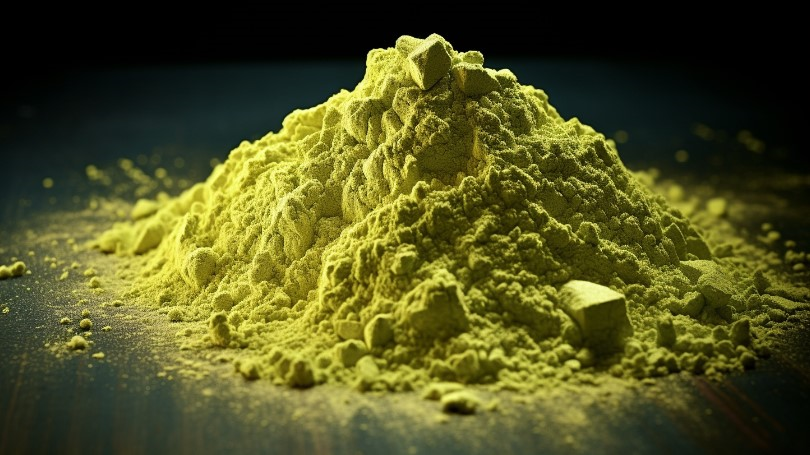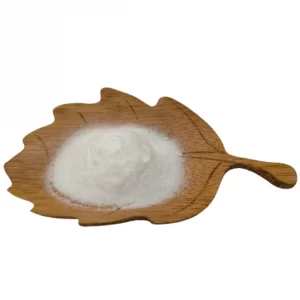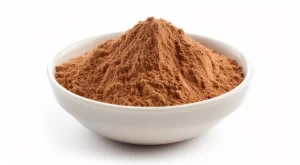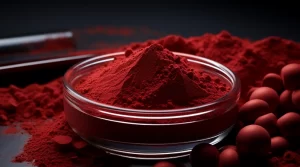Preparation method of quercetin from sophora japonica extract

quercetin
Alias: quercetin
CAS Number: 117-39-5
Molecular formula: C15H10O7
Molecular weight: 302.23
Sophora Japonica Extract Quercetin Nature
The dihydrate is a yellow acicular crystal (dilute ethanol) that becomes anhydrous at 95-97°C and has a melting point of 314°C (decomposition). 1g dissolved in 290ml anhydrous ethanol, 23ml boiled ethanol, dissolved in glacial acetic acid, alkaline aqueous solution is yellow, almost insoluble in water, ethanol solution taste very bitter.
Mode of production
1 Natural extraction and separation
Due to the content of quercetin in plants is only a few thousand to a few thousand, and the extraction and separation is difficult and the cost is high, so the direct extraction of quercetin from plants is not practical in production. However, quercetin extraction and separation technology should be used in the analysis and identification of flavonoids or the preparation of analytical pure samples. At present, the experiment of extracting quercetin from sophora rice is a necessary experiment in the course of natural medicine chemistry. In the experiment, sophora rice was used as raw material, extracted by alkali and precipitated by acid, rutin was obtained by hydrolysis and purification with 2% H2SO4.
2 Acid hydrolysis method
Rutin (rutin) of quercetin is widely distributed in nature and has a high content, such as more than 20% in sophora rice. It is feasible to extract rutin from sophora rice and then hydrolysis it with acid to produce quercetin. The main extraction methods of rutin are alkali extraction and acid precipitation, organic solvent extraction and impregnation, among which the alkali extraction and acid precipitation is the most practical. The 0.05%NaOH solution was boiled for 20 min, and then filtered while it was hot. The alkaline solution of rutin was extracted by the same method 4 times, and then acid was added to precipitate it. After filtration, acid was added to hydrolyze it to obtain water-insoluble quercetin, and quercetin was obtained by filtration, washing and drying.
3 Enzyme conversion method
Enzymatic hydrolysis of rutin to prepare quercetin monomer with less content in plants is simple and safe, the whole process is economical and applicable, the yield is large, suitable for industrial production, and the product purity > 90%, can meet the needs of food and clinical applications. Therefore, enzymatic conversion is undoubtedly a promising preparation method.
effect
This product has a good expectorant, cough, and a certain asthmatic effect. In addition, it can reduce blood pressure, enhance capillary resistance, reduce capillary fragility, reduce blood lipids, dilate coronary arteries, and increase coronary blood flow. It is used to treat chronic bronchitis. It also has adjuvant therapeutic effect on patients with coronary heart disease and hypertension.
() ()


